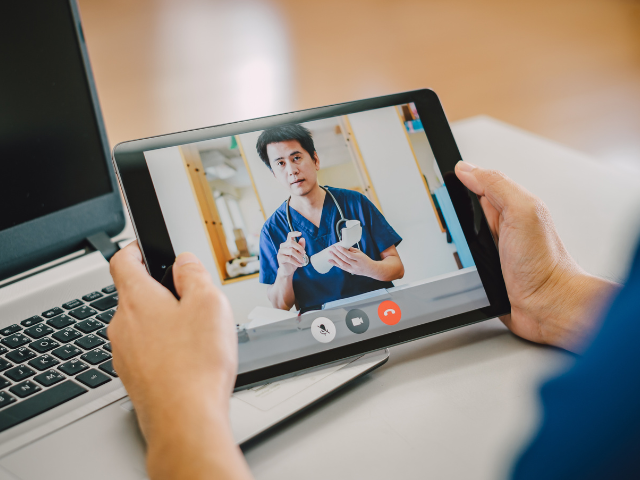What’s the Telehealth Modernization Act?
The Telehealth Modernization Act (H.R. 7623) was introduced in March, and in May, the U.S. House Energy and Commerce Subcommittee on Health unanimously advanced the measure, which:
- Would expand practitioner eligibility in regard to providing telehealth services;
- Retain additional services and subregulatory processes for modifications following the emergency period;
- Enhance telehealth services for federally qualified health centers and rural health clinics; and
- Allow use of telehealth, as appropriate, for face-to-face encounters for hospice care and clinical assessments for home dialysis.
Georgia Rep. Earl “Buddy” Carter, one of seven representatives who introduced the measure, said in a news release that permanently extending telehealth flexibilities for Medicare patients, healthcare is more accessible for seniors, regardless of their geographical location.
“As a pharmacist, one of my top priorities has been increasing the accessibility and quality of health care; this bill does both, in a bipartisan manner, and paves the way for more patients and providers to use this technology,” Carter said.
Delaware Rep. Lisa Blunt Rochester said in the same release that the pandemic showed up important it is to have access to telehealth services, particularly for seniors.
“While we’ve made great strides in broadening the availability of telehealth services, we know that there’s more work to be done. I’m proud to join Rep. Carter in introducing the Telehealth Modernization Act this Congress – bipartisan legislation that would increase access to telehealth services for seniors on Medicare no matter where they live,” she said.
More than a dozen medical and healthcare organizations have thrown their support behind the legislation. Just last week, ATA Action (ATA’s advocacy arm) urged legislators to move on the Telehealth Modernization Act and other telehealth-related legislation.
“The clock is ticking,” Zebley stated in a news release. “We need Congress to act now, so that appropriate telehealth policies are implemented in a timely manner without arbitrary and unnecessary barriers to care such as in-person, brick-and-mortar, or geographic requirements.”
What Does the Data Show?
National telehealth trends, reviewed by a division under the Department of Health and Human Services, show that by March 2022 there was a “steady use of telehealth” that remained above pre-pandemic levels. However, the analysis highlighted disparities related to certain populations and insurance types.
Based on the U.S. Census Bureau’s Household Pulse Survey data from April 2021 to August 2022, the analysis also revealed that telehealth use rates were highest among Medicaid and Medicare users, people who are Black, and those who earn less than $25,000. Rates were lower among the uninsured, young adults (ages 18 to 24), and Midwest residents.
Similarly, a 2022 original investigation on patient characteristics and telemedicine use found that while myriad patients opt for telehealth when in-person is available, “telemedicine access, particularly video visits, was less likely among key populations who experience barriers to accessing care.”
“Our study found that two years after the onset of the COVID-19 pandemic, telemedicine was still used by over two-fifths of adult patients nationally, notably among patients with greater care needs, suggesting that telemedicine could endure as a satisfactory option in health care delivery,” the study authors wrote.









